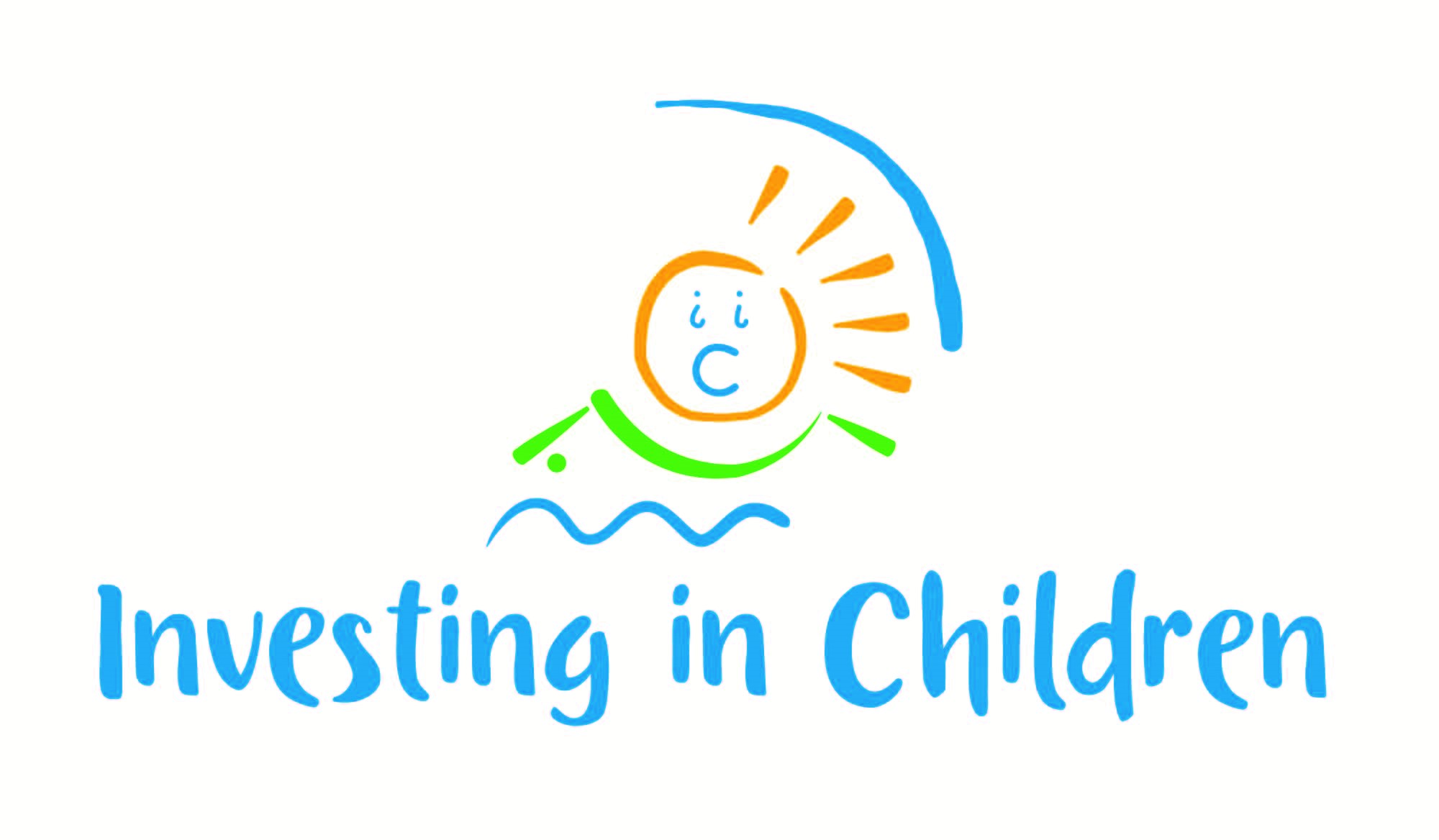At Esh Winning Primary School, we want our children to be fluent, confident and passionate readers.

Children who read regularly and/or are read to regularly, can open the doors to so many different opportunities! Reading enables your child to become an independent life-long learner.
Home and school, working together can achieve this using:
- Read Write Inc, a program to help your child read at school
- Developing a love of books by reading to them daily, at home and at school
- Ensuring access to a wide range of books at school and at home
At Esh Winning Primary School, we use Read Write Inc Phonics (RWI) to give your child the best possible start with their literacy. We have put together a guide to how the RWI programme works together with some useful links.
Please take the time to read the information as it will provide invaluable information as to how you can help and support your child in reading.
What is Read Write Inc?
Read Write Inc (RWI) is a phonics programme which helps all children learn to read fluently and at speed whilst highlighting vocabulary and spelling. We start the programme in Reception and continue teaching RWI to children beyond the age of 7 if they still need support in their reading.
RWI was developed by Ruth Miskin and more information on this can be found at https://ruthmiskin.com/en/find-out-more/parents/.
Is this the right programme for my child?
RWI is a very successful programme. Regular assessment by teaching staff ensure that your child is on the right track and interventions are used to embed learning.
Nursery
When appropriate, usually in the Summer term, children will be introduced to the initial sounds in short sessions.
In Reception all children will learn how to ‘read’ the sounds in words and how those sounds can be written down.
Reading – it all starts with phonics
- Children learn the 44 sounds and the corresponding letters/letter groups using simple picture prompts – see below
- words are read using Fred talk and sound blending
- children read a range of storybooks and non-fictions books matched to phonic knowledge
- comprehension skills are developed by answering discussion questions whilst reading
Writing
- children write and form the letters/letter groups which represent the 44 sounds with the help of fun phrases
- children learn to write words by using Fred Talk
- learn to build sentences by practising sentences out loud before they write
Talking – a very important element of learning
- Children work in groups so that they answer questions; take turns in talking and reading to each other and develop ambitious vocabulary
Year One & Year Two
Children will work on complex sounds and read books appropriate to their reading level. Daily sessions of RWI phonics last for 45 minutes.
RWI works on five key principles:
Purpose – know the purpose of every activity and share it with the children, so they know the one thing they should be thinking about
Participation – ensure every child participates throughout the lesson.
Praise – ensure children are praised for effort and learning, not ability
Pace – teach at an effective pace and devote every moment to teaching and learning
Passion – be passionate about teaching so children can be engaged emotionally.
A RWI session will always involve –
Fred Talk

We use pure sounds (‘m’ not’ muh’,’s’ not ‘suh’, etc.) so that your child will be able to blend the sounds into words more easily. Watch https://www.youtube.com/watch?v=TkXcabDUg7Q to see how the letters are pronounced.
At school we use a puppet called Fred who is an expert on sounding out words! we call it, ‘Fred Talk’. E.g. m-o-p, c-a-t, m-a-n, sh-o-p, b-l-a-ck.
The following video is an example of blending sounds with Fred. https://www.youtube.com/watch?v=dEzfpod5w_Q
The children are taught the sounds in 3 sets.
Set 1 Sounds are taught in the following order.
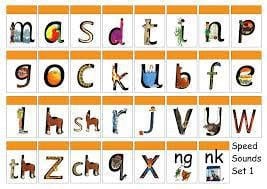
Letter formation
The rhymes help children form the letters correctly and instantly recognise sounds ready for blending.
| Set 1 | |
| Sound | Rhyme |
| m | Down Maisie then over the two mountains. Maisie, mountain, mountain. |
| a | Round the apple, down the leaf. |
| s | Slide around the snake. |
| d | Round the dinosaur’s back, up his neck and down to his feet. |
| t | Down the tower, across the tower. |
| i | Down the insect’s body, dot for the head. |
| n | Down Nobby and over the net. |
| p | Down the plait, up and over the pirates face. |
| g | Round the girls face, down her hair and give her a curl. |
| o | All around the orange. |
| c | Curl around the caterpillar |
| k | Down the kangaroo’s body, tail and leg. |
| u | Down and under the umbrella, up to the top and down to the puddle. |
| b | Down the laces, over the toe and touch the heel. |
| f | Down the stem and draw the leaves. |
| e | Slice into the egg, go over the top, then under the egg. |
| l | Down the long leg. |
| h | Down the horse’s head to the hooves and over his back |
| sh | Slither down the snake, then down the horse’s head to the hooves and over his back. |
| r | Down the robot’s back, then up and curl. |
| j | Down his body, curl and dot. |
| v | Down a wing, up a wing. |
| y | Down a horn, up a horn and under the yak’s head. |
| w | Down, up, down, up the worm. |
| th | Down the tower, across the tower, then down the horse’s head to the hooves and over his back. |
| z | Zig-zag-zig, down the zip. |
| ch | Curl around the caterpillar, then down the horse’s head to the hooves and over his back. |
| qu | Round the queen’s head, up to her crown, down her hair and curl. |
| x | Cross down the arm and leg and cross the other way. |
| ng | A thing on a string. |
| nk | I think I stink |
Please do not use letter names at this early stage.
Children will also use pictures for each sound to help recognise the sound and then form the shape of the sound.
Step 2:
The children are then taught Set 2 Sounds – the long vowels. When they are very confident with all of set 1 and 2 they are taught Set 3 Sounds.
| Long vowel sound | Set 2 Speed Sound cards Teach these first | Set 3 Speed Sound cards | |
| ay | ay: may I play | a-e: make a cake | ai: snail in the rain |
| ee | ee: what can you see | ea: cup of tea | e: he me we she be |
| igh | igh: fly high | i-e: nice smile | |
| ow | ow: blow the snow | o-e: phone home | ao: goat in a boat |
| oo | oo: poo at the zoo | u-e: huge brute | ew: chew the stew |
| oo | oo: look at a book | ||
| ar | ar: start the car | ||
| or | or: shut the door | aw: yawn at dawn | |
| air | air: that’s not fair | are: share and care | |
| ir | ir: whirl and twirl | ur: nurse for a purse | er: a better letter |
| ou | ou: shout it out | ow: brown cow | |
| oy | oy: toy for a boy | oi: spoil the boy | |
| ire | ire: fire fire! | ||
| ear | ear: hear with your ear | ||
| ure | ure: sure it’s pure? | ||
Nonsense words (Alien words)
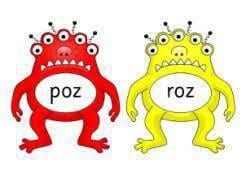
As well as learning to read and blend real words children will have plenty of opportunities to apply their sound recognition skills on reading ‘Nonsense words’. These words will also feature heavily in the Year One Phonics Screening check in the summer term.
Step 3:
Children will be introduced to ‘Ditty books’ when they successfully begin to read single words. The short vowels should be kept short and sharp:
Children use sound-blending (Fred Talk) to read short ditties. They will bring these home once they have read and discussed the book in class. Children will then be challenged to use their developing phonic knowledge to write short sentences.
Within all the books children will have red and green words to learn to help them to become speedy readers. Red words are words that are not easily decodable and challenge words to extend children’s vocabulary. Green words are linked to the sounds they have been learning and are easily decodable.

Red words
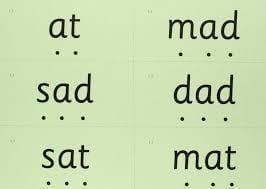
Green words
Dots and dashes represent the sound each letter makes.
Once your child has been introduced and taught these words in school we will send them home for you to continue practising with your child.
You may have heard your child talking about ‘hold, edit or build a sentence’.
Hold a sentence is an activity that encourages children to remember a whole sentence while focusing on spelling and punctuation.
Build a sentence gives children the opportunity to create their own sentence to that shows the meaning of a word.
Edit a sentence allows the children to critique a sentence using their knowledge of spelling punctuation and grammar. Children complete a longer piece of independent writing, which gives them the opportunity to show off their creativity and to practice their spelling, grammar and punctuation.
Spelling

A spelling activity will be held each week (This will only start in Reception when children are ready to write and form their letters). Children will use first use ‘Fred fingers’ to first sound out a word before they write it down. Children learn how to spell rather than just get tested. Furthermore, this way of teaching spellings allows children to use Fred fingers whenever they get stuck with spelling a word. Children pinch each sound on fingers before writing the word.
Order of Story books: Children will hopefully follow the order listed below. The expectation is that all children will leave Year One as confident speedy readers, ready to take on the challenges of Year Two. However, some children may need extra support and your teacher will talk to you about this.
| Books | Year Group Expectations | Green Words in Books |
| Red Ditty 1-10 | Reception | Click here to help your child |
| Green 1-10 | Reception | Click here to help your child |
| Purple 1-10 | Reception | Click here to help your child |
| Pink 1-10 | Reception/Year One | Click here to help your child |
| Orange 1-12 | Year One | Click here to help your child |
| Yellow 1-10 | Year One | Click here to help your child |
| Blue 1-10 | Year One | Click here to help your child |
| Grey 1-13 | Year One | Click here to help your child |
To help at home:
Your child will start to bring books home when they are confident readers. Please help them to read and give lots of praise!
If you have any other questions about RWI, please see your class teacher or see Ms Joyce.
Phonics Screening Check Year One
What is the Year 1 phonics screening check?
The Year 1 phonics screening check is a short, light-touch assessment to confirm whether individual pupils have learnt phonic decoding to an appropriate standard.
It will identify the children who need extra help so they are given support by their school to improve their reading skills. They will then be able to retake the check so that schools can track pupils until they are able to decode. See https://home.oxfordowl.co.uk/at-school/primary-school-assessment-tests/year-1-phonics-screening-check/ for further information.
Useful websites for Parents
Please find a list of websites that you may find useful in helping you and your child learn about phonics. Games and fun activity websites are also included.
http://jollylearning.co.uk/ – Games and information for parents
http://www.phonicsplay.co.uk/ – many games to play
http://www.bbc.co.uk/bitesize/ks1/literacy/phonics/play/ – fun games for the children to play
http://www.ictgames.com/literacy.html – fun games for the children to play
http://www.kenttrustweb.org.uk/kentict/kentict_home.cfm – fun games for the children to play and information for parents
http://www.starfall.com/ – fun games for the children to play
http://www.firstschoolyears.com/ – fun games for the children to play
Sparklebox – lots of resources to print off and help you support your child at home
BBC Bitesize – many games to play covering all areas of the curriculum



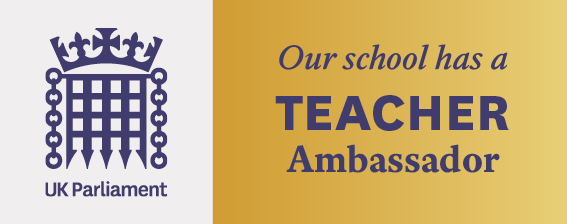
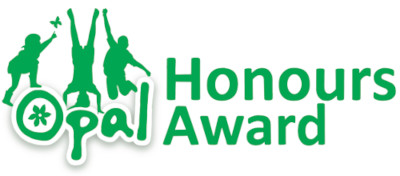
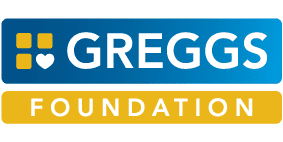


![Music-Mark-logo-school-right-[RGB]](https://eshwinning.durham.sch.uk/wp-content/uploads/2021/05/Music-Mark-logo-school-right-RGB-1.png)

